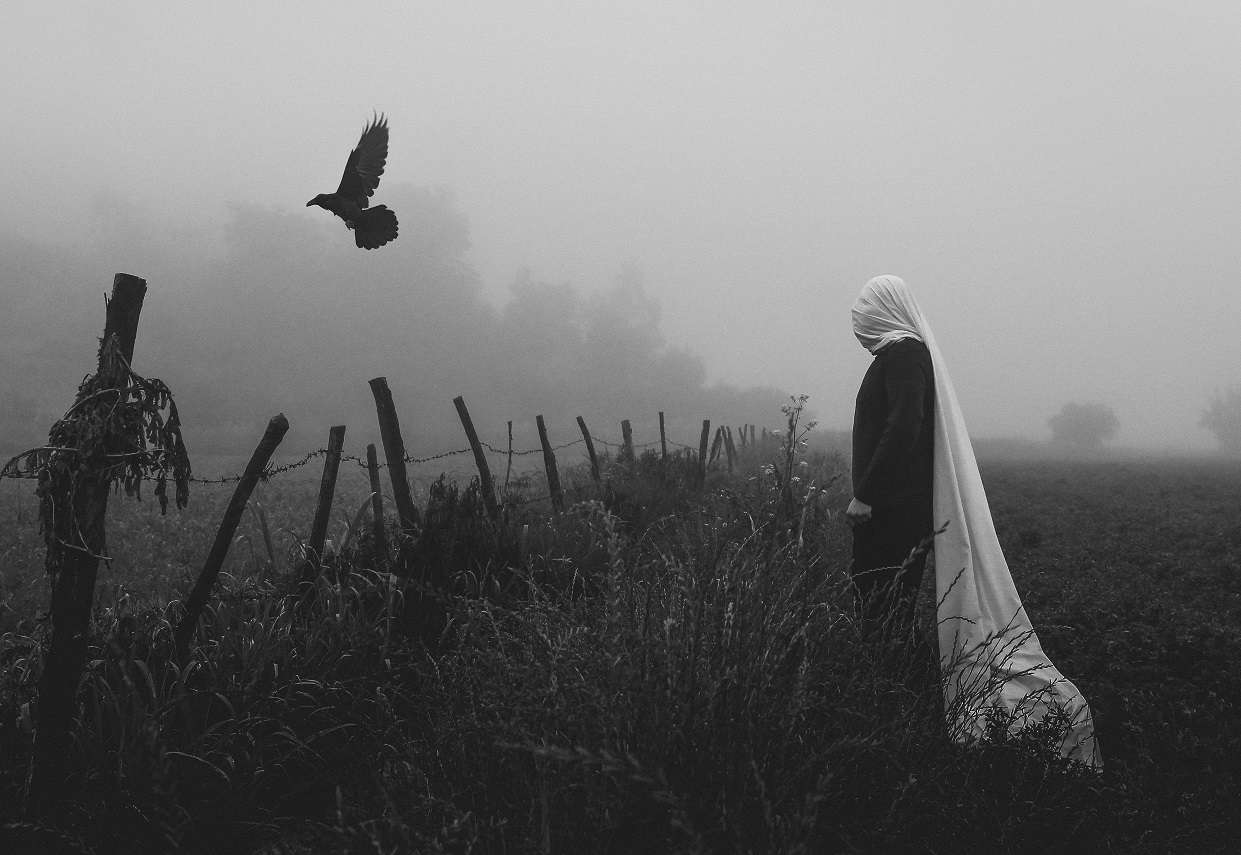
It’s a little sad, and somewhat indicative of the lingering impacts of colonisation, when you see one of your national newspapers get so much wrong with respect to ancient Irish belief systems (mythology). You can certainly respect a newspaper’s desire to produce relevant articles for an upcoming event of national relevance (Samhain) but it would really have been nice if they’d done even some basic research on the subject beyond Wikipedia (the equivalent to getting your mythology information from a telephone book).
The ‘Dullahan’ and the ‘cóiste bodhar’ referred to in the Irish Times article (here) are both references from W.B. Yeats’ “Fairy and Folk Tales of the Irish Peasantry”, a book which has been discredited by every credible university or Celtic Studies course out there (but remains beloved by fantasy aficionados).
To his credit, W.B. Yeats was an excellent poet but when it comes to mythology, he tends to be completely unreliable. A product of the Protestant Aristocracy (not a religious term but the official term for the privileged and powerful Anglo forces who dominated Ireland’s social and economic existence from the late 17th and 20th century), Yeats disliked the Irish language, referred to rural Irish people as “The Peasantry” and plundered elements of their ancient belief systems to support his own ‘spiritual’ work as a Theosophist. This is something we continue to see in much of the ‘Celtic Paganism’ and ‘Celtic Spiritualism’ products out there today.
It’s important to respect the achievements of people like Stoker, Thomas Johnston Westropp, Yeats and others. At the same time, it’s also important to recognise and acknowledge when they got things wrong. Promoting their mistakes, diminishes the cultural belief systems of our ancestors. Sadly, it also continues to pull us further and further away from our true cultural heritage.



So then where can we find a reliable source vis a vis ancient celtic belief systems etc?